
Five Ways to Relieve Hip Tightness and Keep You on Your Feet
5/5/2025
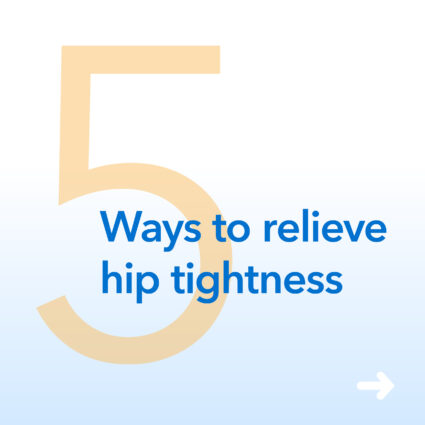
You may have heard the phrase “sitting is the new smoking,” referring to the ill effects of a sedentary lifestyle. Most understand the increased risk for conditions like cardiovascular disease, cancer, obesity and diabetes. However, one often overlooked concern from all that sitting at your desk and on your couch is the resulting tightness in hip flexor muscles.
While on the surface this may not sound like a serious threat to your health, the reality is hip tightness can lead to chronic hip and back pain, affect the ability to walk properly, limit daily activities, and even increase your risk of falling. For many, the condition leads to even greater inactivity.
The hip flexors are the group of muscles which serve as connections between the lower back, pelvis and hips. They stabilize the lower back and allow us to lift our legs, bend forward, and bring our knees to our chest. In addition, hip flexors play a pivotal role in maintaining balance, mobility, and an upright stance. Without them, you cannot walk or run.
Inactivity or sitting too long all day shortens, tightens, and weakens these muscles, causing the pelvis to shift forward and the lower back to overarch. This poor posture can cause pain or discomfort in the surrounding muscles as they attempt to overcompensate, as well as pain in the hip, knee or other joints, and back and neck pain.
To keep your muscles healthy or to loosen already tight flexor muscles, you need to pay attention to your hips every day. Experts recommend the following 5 tips:
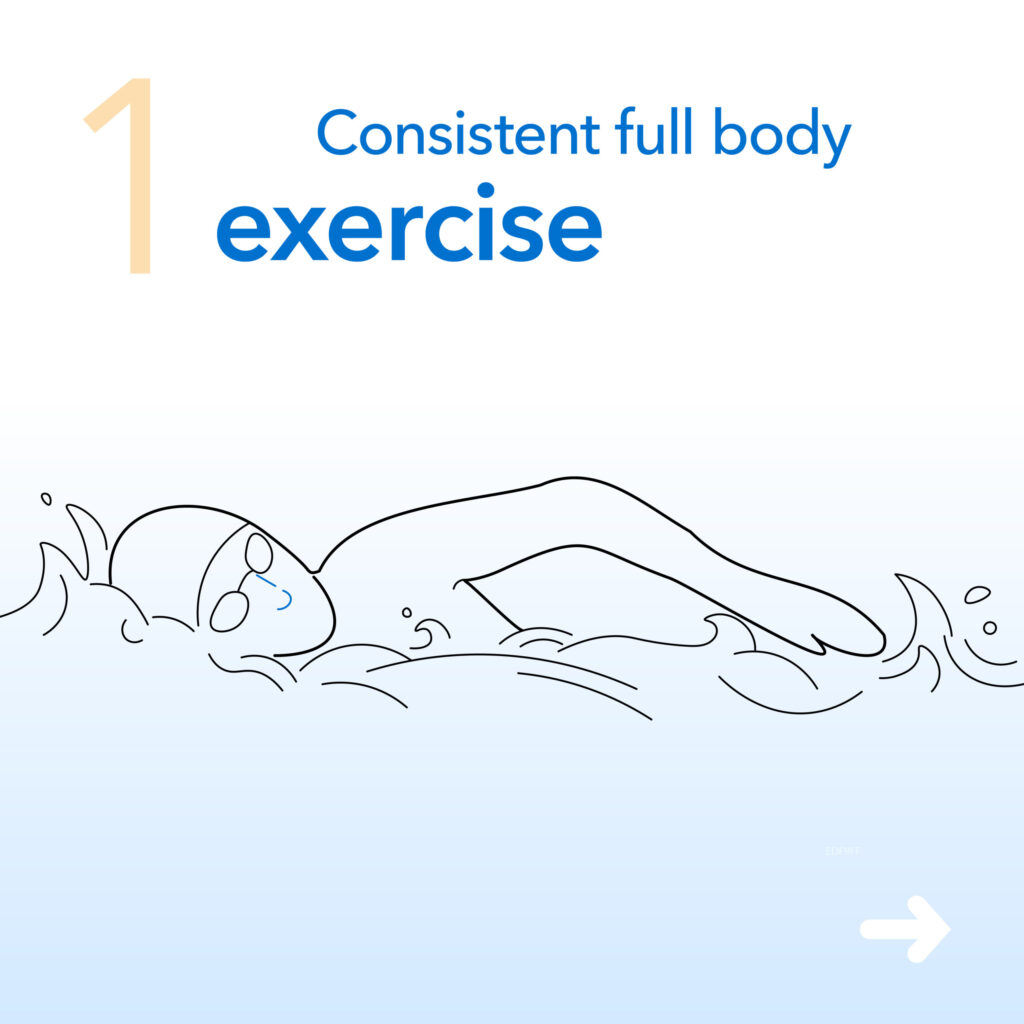
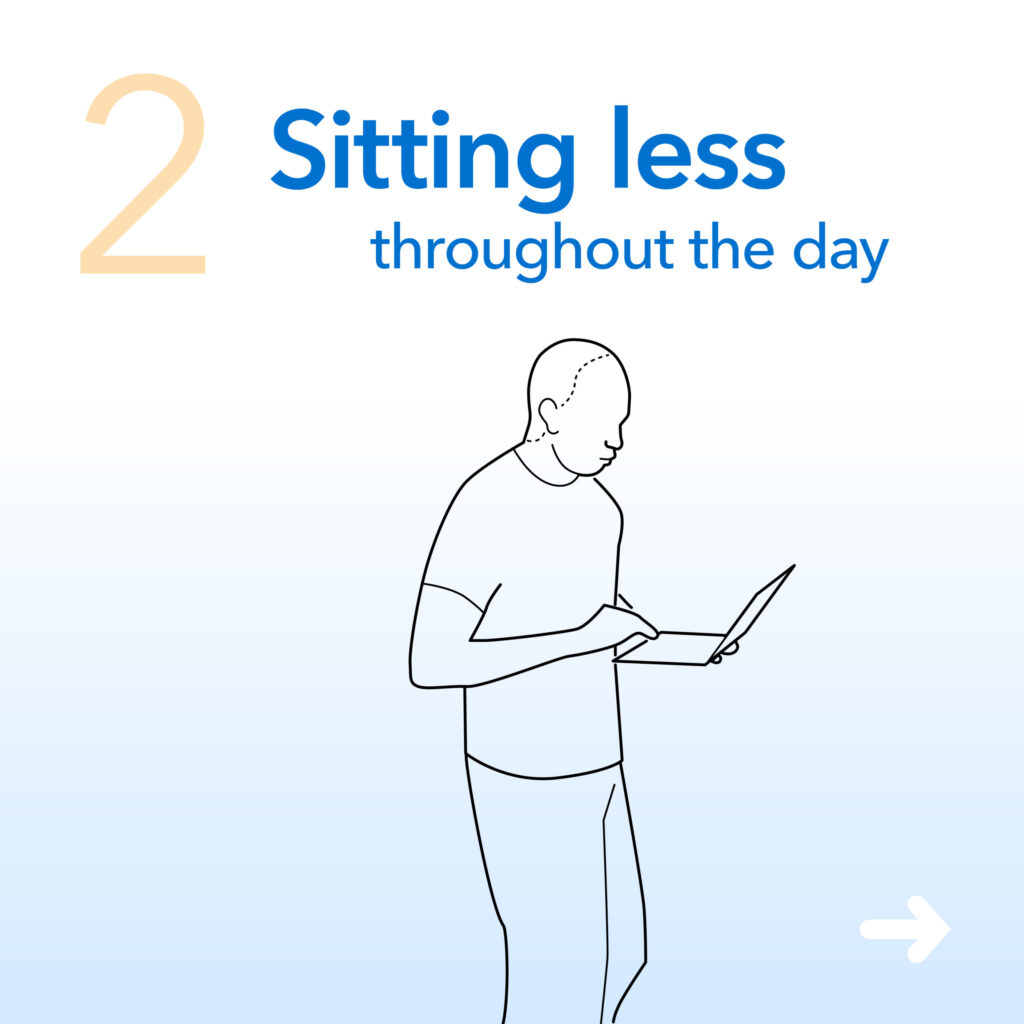
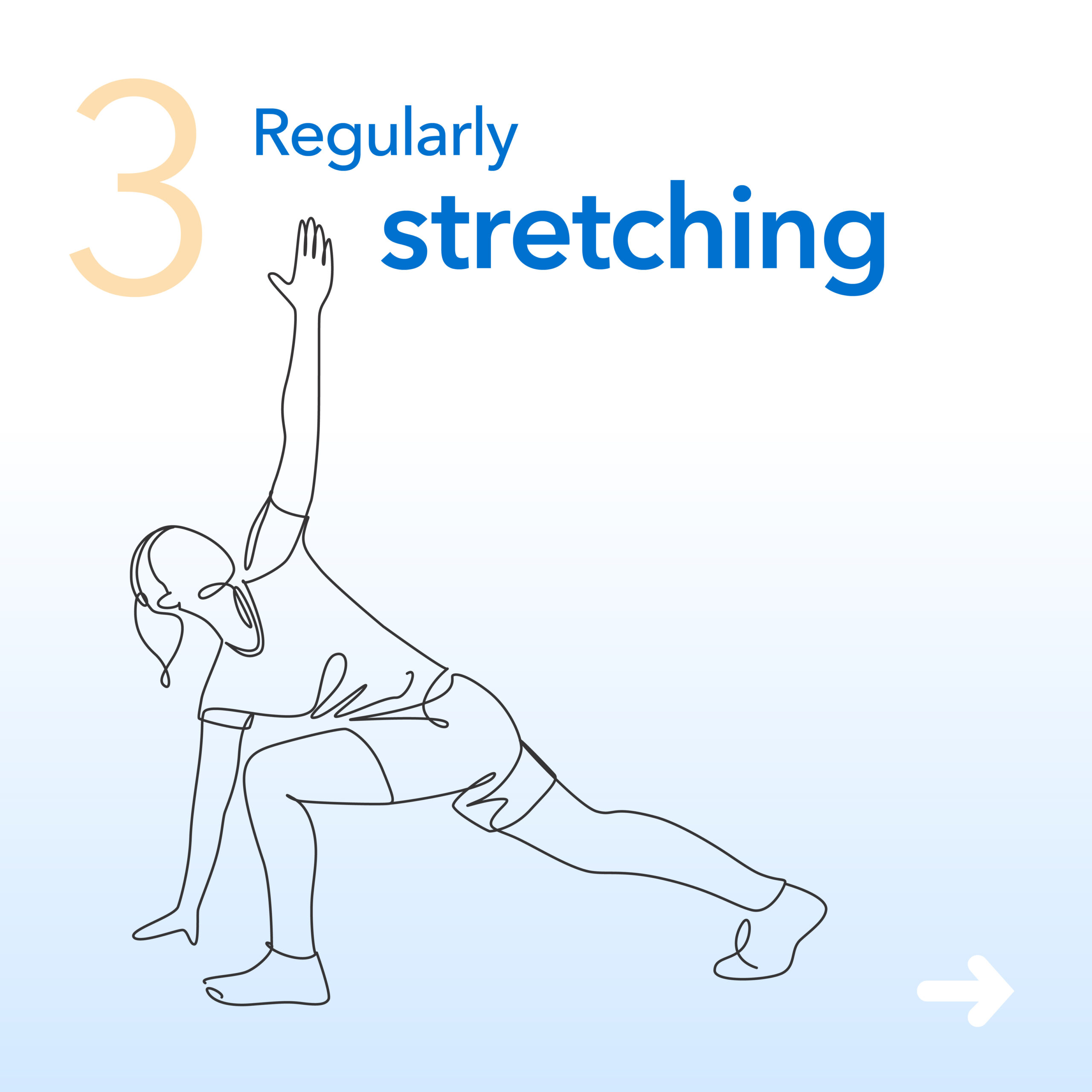
- Consistent full body exercise. If you are already experiencing hip stiffness, start with low impact activities such as swimming or walking.
- Sitting less. At work, get up every 30 minutes to walk or stand. Consider using a standing desk or a treadmill under the desk to promote movement throughout the day. At home, incorporate stretching or standing as you are watching TV, checking social media, or talking with family and friends.
- Stretching. Numerous stretching exercises can be found online to use throughout the day, and before and after exercise. There are also modifications to common flexor stretches for use at your desk or by those with limited mobility.
- Yoga. Many standard yoga poses focus on stretching flexor muscles. Most of these poses can be modified for chair yoga
- Foam rolling. Using an inexpensive foam roller allows our own body weight to massage and increase blood flow to flexor muscles to relieve trigger points.
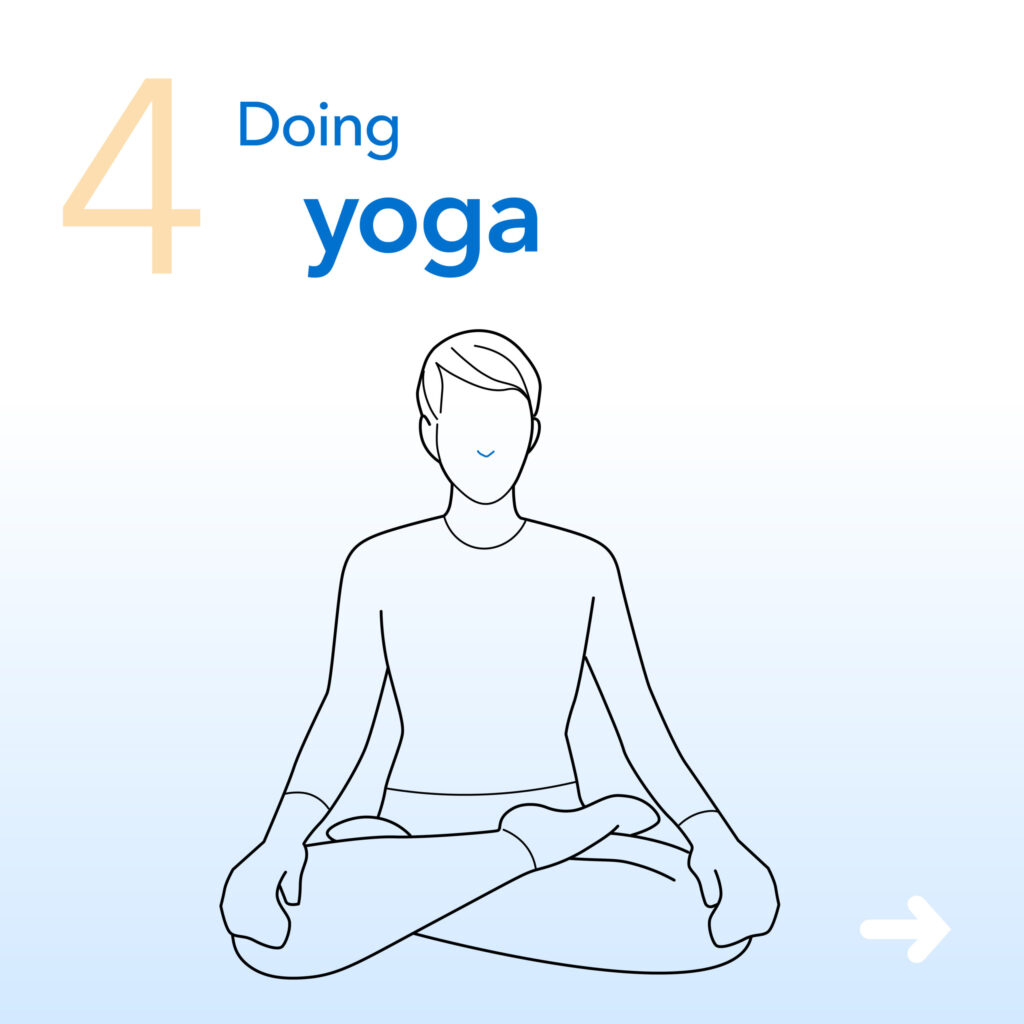
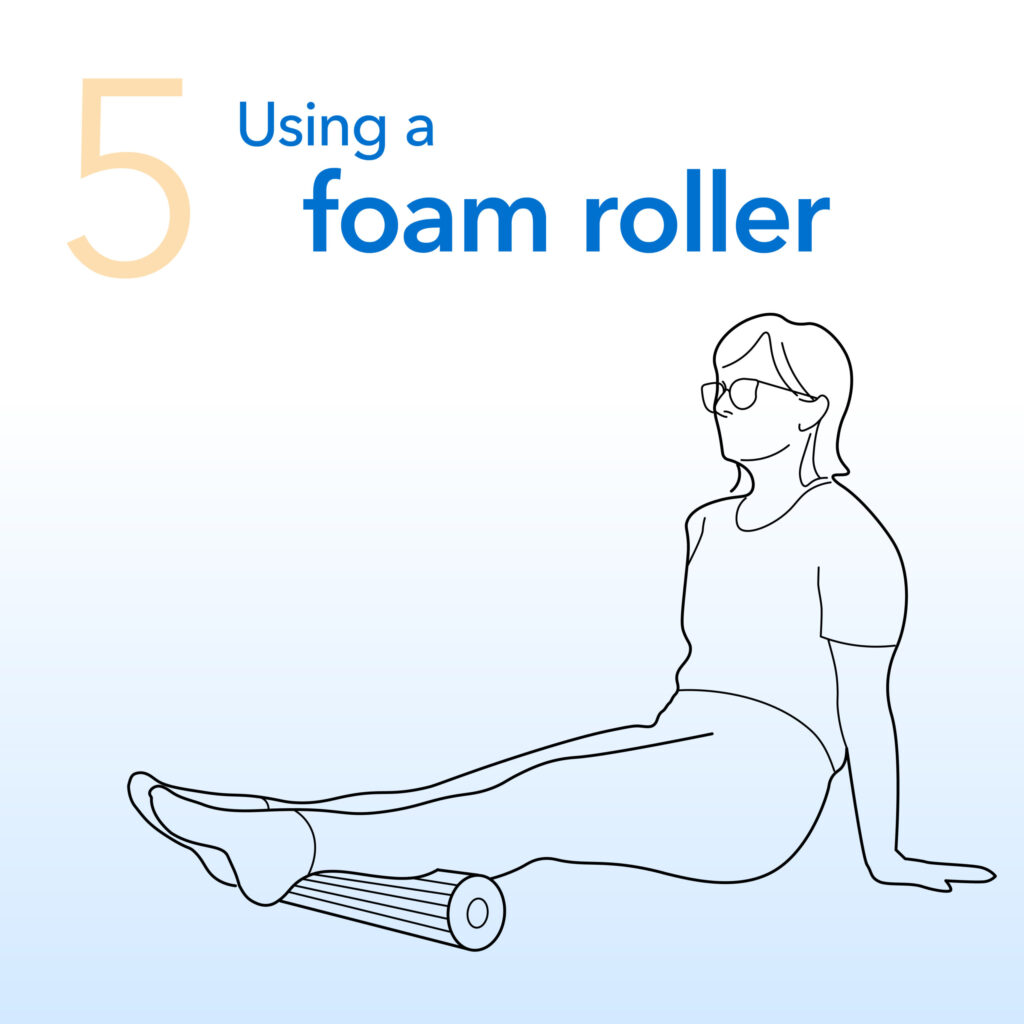
It is important to begin any of these activities slowly and ensure proper form to prevent injury. In addition, if you are already experiencing hip stiffness or pain, it is always a good idea to consult your physician to assess your condition and recommend appropriate treatment and an exercise program.
